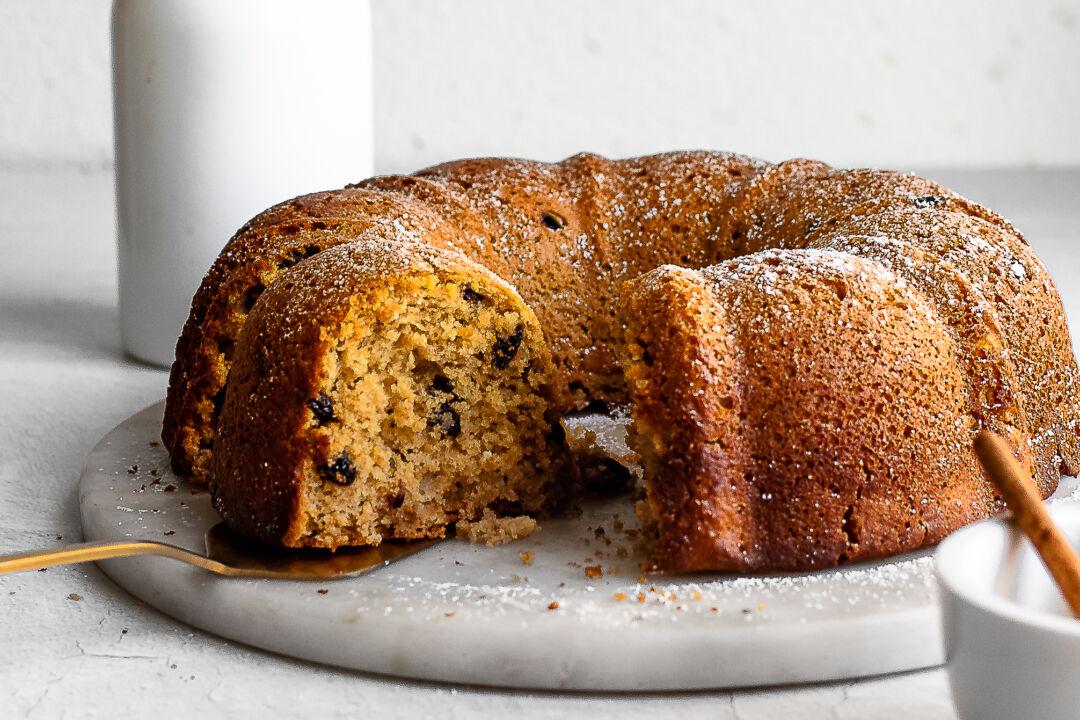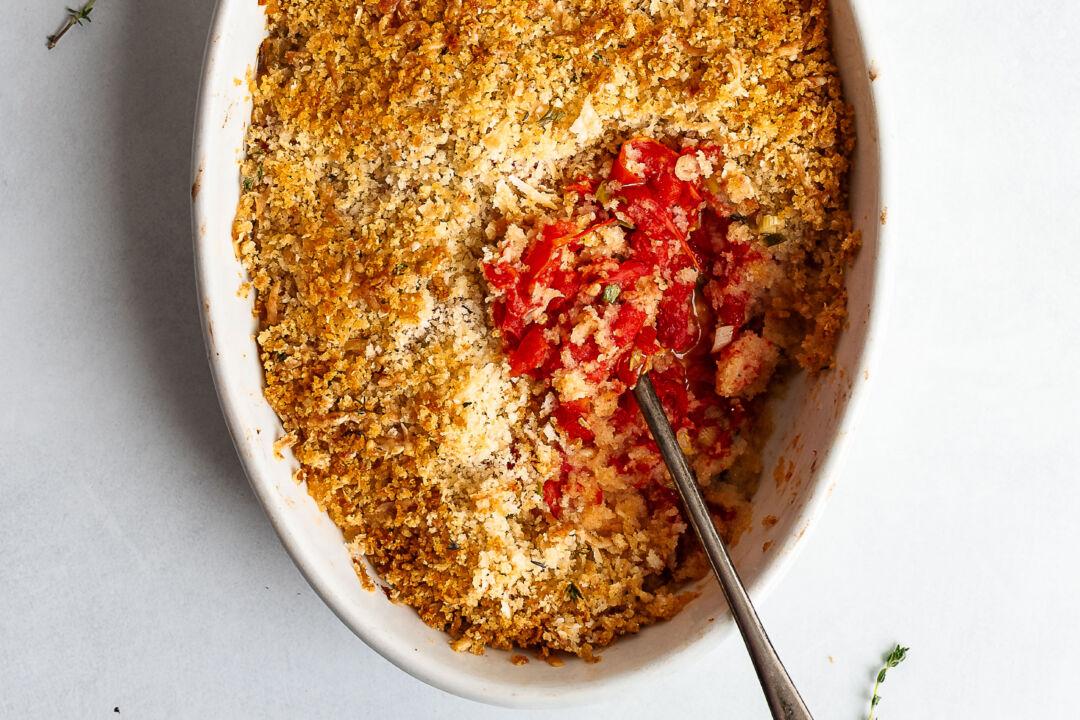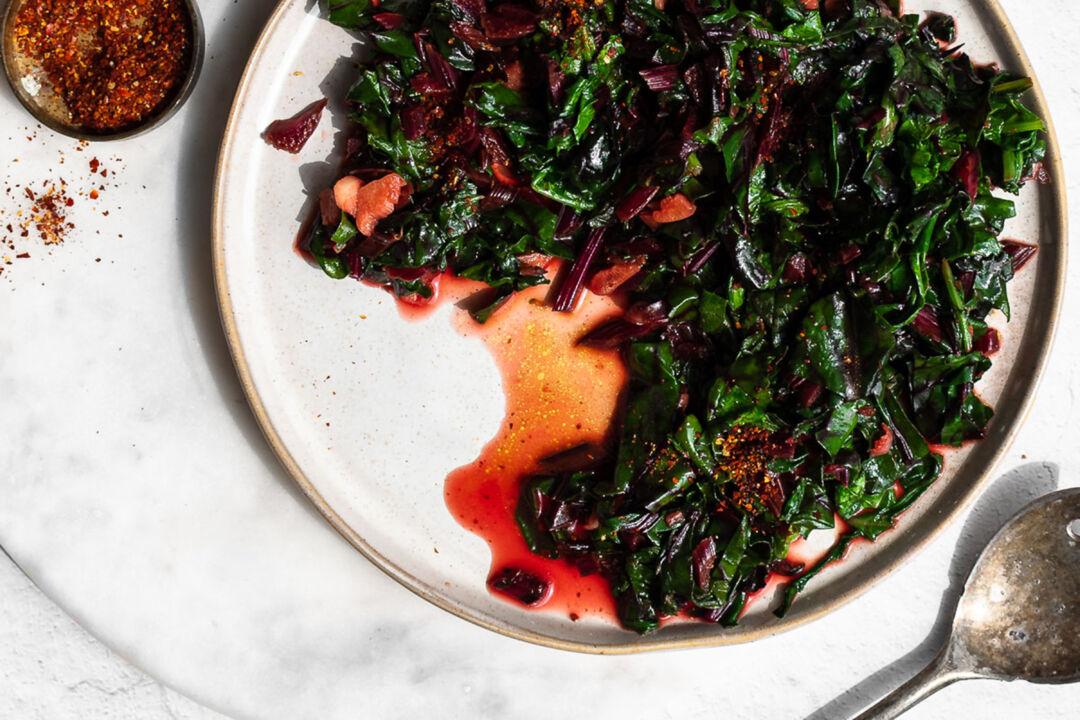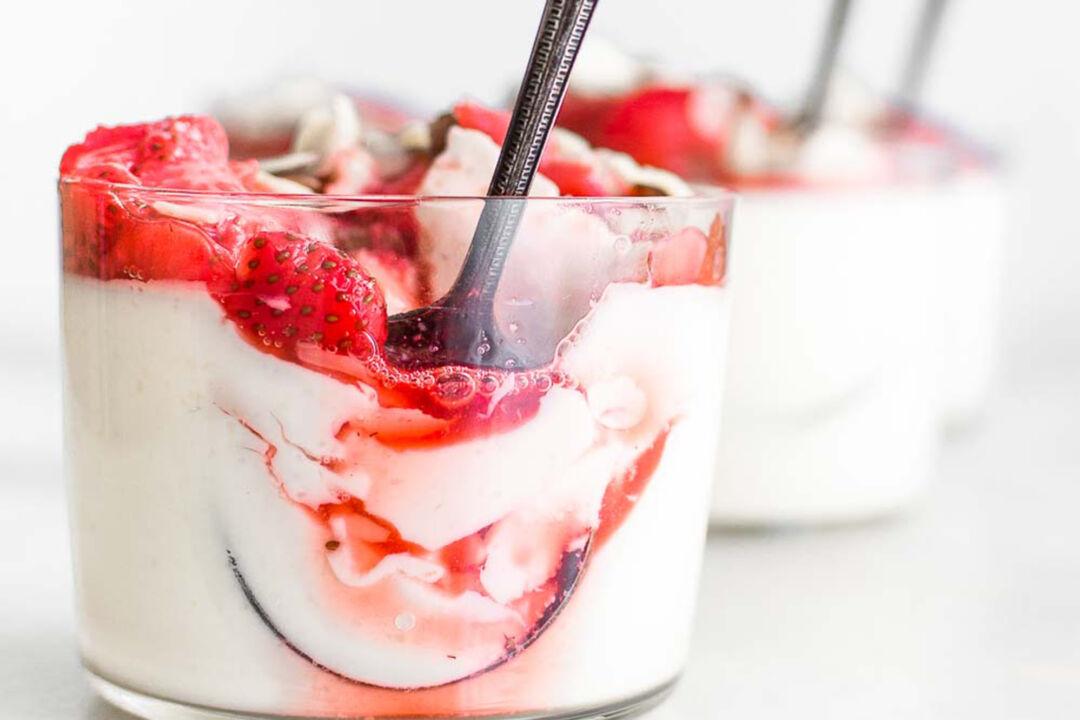Patience is a virtue. Today, with almost our every need easily met by a tap on a touchscreen, that virtue seems to be fading. Yet some of the best lessons in patience can still be found in the hearth and home. It’s in the kitchen that a little bit of effort and plenty of patience deliver some of the greatest rewards.
Bachelor’s jam is one of the finest examples of this simple kitchen wisdom. This summer fruit preserve isn’t actually a jam at all; rather, it’s a spirited concoction of berries and stone fruit soaked in sugar and brandy. Left undisturbed—perhaps half-forgotten—in your kitchen cupboard for a few months, the fruits infuse the brandy with their flavor and soften as they soak up the sugar. It’s effortless.
In the end, you'll have made two treats in one: a sweet liqueur and a luscious, jammy concoction of soused fruit.
It’s a tradition rooted in old European food preservation. Before canning and freezing became the most common ways to preserve foods, homemakers relied on other methods—salting, drying, fermenting, and soaking fruit in hard liquor among them. With its antiseptic qualities, alcohol provides a ready method for preserving fruit—and delivering delicious results to boot. You'll find this technique used to make French confiture de vieux garçons, which calls for kirsch or cognac, and German rumtopf, which calls for rum.
Making Your Own
Making bachelor’s jam is foolproof. The recipe was born in a time when homemakers, already overburdened with the weight of the summer harvest, had little time to fuss with elaborate recipes or complicated techniques. So, if you can toss a few pitted plums into a jar, you can make this preserve.As you would expect of an Old World recipe, it’s also about making what you have work. That means you can use whatever fruit is the cheapest and most abundant at your local farmers market. Add berries to the crock whole, chop up larger fruits into bite-sized pieces, and make sure to remove the pits from peaches, plums, and any other stone fruits that happen to find their way into your kitchen.
The trick is to keep an eye on your ratios. For every pound of fruit you add to your jar, add 1 cup of sugar and about 1 cup of brandy. The alcohol should always cover the fruit by about 1 inch, so add a little more if you find that you need it. If the fruit floats to the surface of the brandy, consider weighing it down with a small plate or glass weight. Finally, seal the jar tightly, making sure to use a plastic, glass, or another nonreactive lid, as alcohol may corrode metal lids.
You can add fruit all at once, or as it comes into season, provided you maintain the ratio of 1 cup of sugar to 1 pound of fruit and add enough alcohol to cover by an inch. Then, when the summer fruit season has faded by the end of September, tuck the jar into your cupboard and let it sit undisturbed until winter. The alcohol and fruit juice will dissolve any pockets of sugar, turning them into a pleasant, syrupy concoction.
The jam will be ready to enjoy after about three months, and you can enjoy it for up to a year. Sip on the liqueur or stir it into a Christmas punch. Lift the fruit out with a spoon to enjoy on its own, or over ice cream, custards, and cakes. It also makes for a lovely homemade gift that’s sure to charm your friends.
In the dark and cold of winter, opening up that crock of bachelor’s jam will return you to the brightness of summer.

Bachelor’s Jam
Traditionally, bachelor’s jam was made in huge quantities, with more fruit, sugar, and brandy added throughout the summer season. For this scaled-down version, you can make it all at once and tuck it in the cupboard until winter. The recipe makes about a quart, which is usually sufficient for most families, but you can easily double or triple the recipe if you wish to make more or share it with friends.- 3/4 pound mixed unblemished summer fruit, such as berries, plums, and peaches
- 3/4 cup granulated sugar
- 3/4 cup brandy (50 percent ABV), plus more, if necessary
Arrange the prepared fruit in the bottom of a clean quart-sized jar, then sprinkle the sugar over it. Pour in the brandy, adding more if necessary to cover the fruit by an inch. If your fruit floats to the surface of the jar, weigh it down with a small saucer or glass weight and seal the jar with a nonreactive lid.
Transfer the jam to a cupboard and keep away from light and heat for at least three months. When ready, bachelor’s jam should smell sweet, fruity, and boozy. If you see spots of mold develop on the surface, discard the jam; this is rare, but is usually due to using fruit that’s past its prime, or alcohol with a lower percentage ABV. Store in a dark cupboard at room temperature for up to a year.





